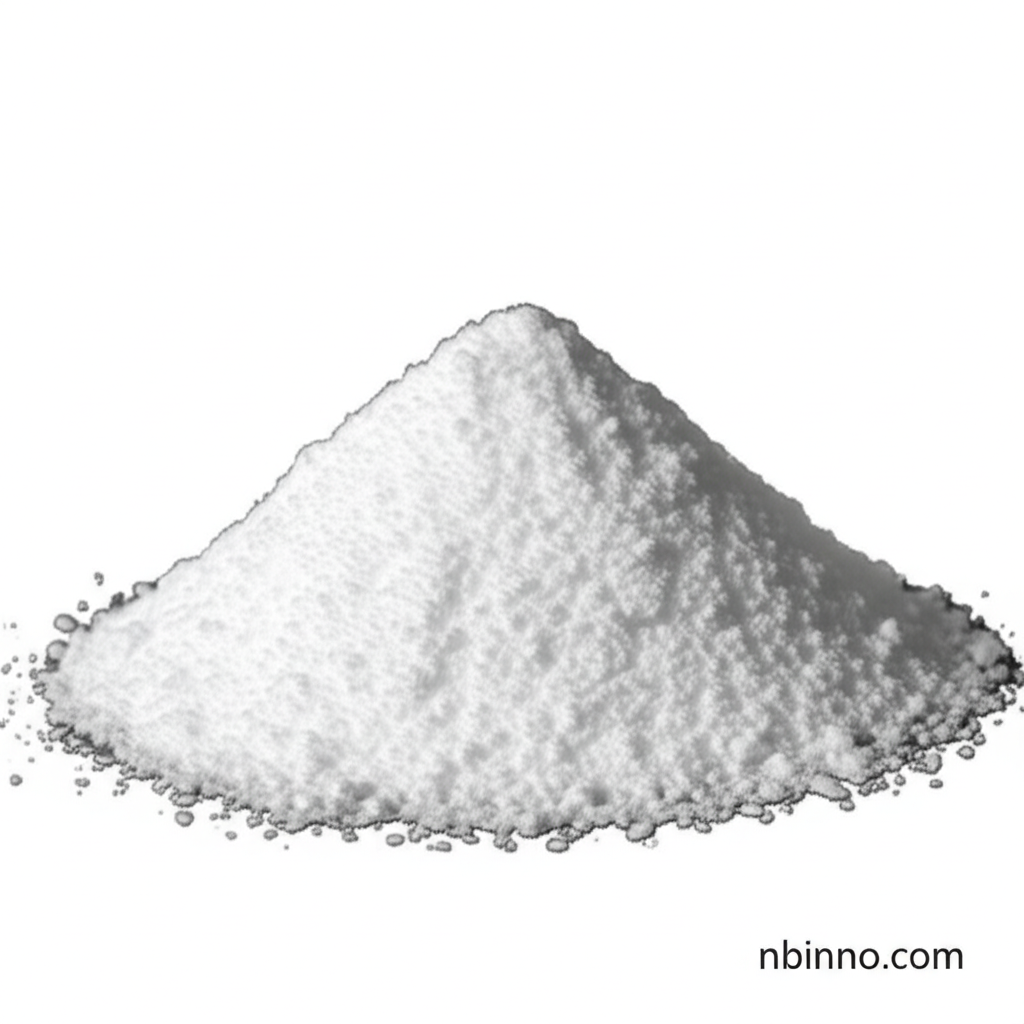Anionic Polyacrylamide: Your Ultimate Guide to Cost-Effective Flocculation and Sedimentation
Discover the power of Anionic Polyacrylamide (APAM) for superior solid-liquid separation. This high molecular weight polymer offers exceptional flocculation, cost-effectiveness, and versatility across industries like wastewater treatment, mining, and papermaking. Enhance your processes with our advanced chemical solutions.
Get a Quote & SampleProduct Core Value

Anionic Polyacrylamide
As a leading supplier of high-performance chemicals in China, we offer Anionic Polyacrylamide (APAM), a vital component for efficient solid-liquid separation. This water-soluble polymer plays a crucial role in various industrial applications by aggregating suspended particles, thereby enhancing sedimentation and clarifying liquids. Our APAM is known for its cost-effectiveness, making it a preferred choice for businesses seeking to optimize their treatment processes without compromising on results. We are committed to providing reliable solutions that meet stringent industry standards.
- Leverage our Anionic Polyacrylamide for superior wastewater treatment, ensuring cleaner effluent and compliance with environmental regulations.
- Improve your mineral processing operations with our high-performance flocculant, enhancing recovery rates and simplifying tailings management.
- Boost efficiency in the paper industry by utilizing APAM as a retention aid, significantly improving paper quality and reducing raw material loss.
- Discover cost-effective solutions for enhanced oil recovery through the application of our specialized polyacrylamide products.
Advantages You Gain
Enhanced Flocculation Efficiency
Experience superior flocculation with our Anionic Polyacrylamide, designed to effectively neutralize charged particles and form dense flocs, accelerating sedimentation and improving clarification processes in various industrial wastewater treatments.
Cost-Effective Solution
Our Anionic Polyacrylamide offers a highly cost-effective approach to achieving excellent solid-liquid separation, requiring lower dosage compared to traditional flocculants while delivering superior results, making it an economical choice for businesses.
Versatile Industrial Applications
From mining operations to paper manufacturing and oilfield applications, our polyacrylamide serves as a versatile flocculant, retention aid, and viscosity modifier, demonstrating its broad applicability and effectiveness across diverse industrial needs.
Key Applications
Wastewater Treatment
Anionic Polyacrylamide is crucial for industrial and municipal wastewater treatment, effectively removing suspended solids, clarifying water, and aiding in sludge thickening and dewatering for cleaner effluent.
Mineral Processing
In the mining sector, APAM acts as a vital flocculant to improve solid-liquid separation in thickening, tailings management, and flotation processes, leading to higher mineral recovery rates.
Oilfield Operations
Utilized in enhanced oil recovery and drilling fluids, Anionic Polyacrylamide enhances viscosity, improves oil displacement efficiency, and aids in friction reduction for more effective oil extraction.
Paper Industry
APAM serves as a critical retention and drainage aid in papermaking, improving the retention of fillers and fibers, enhancing paper strength, and reducing environmental impact from wastewater.
